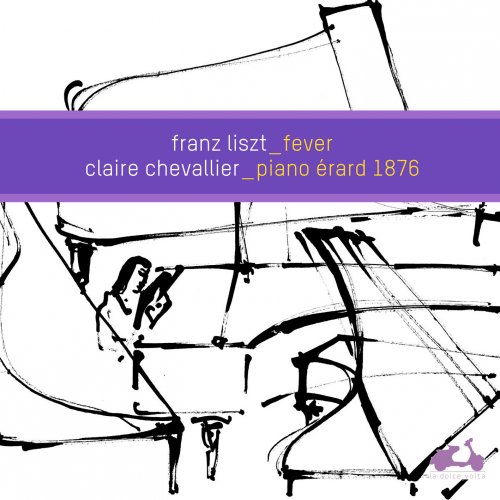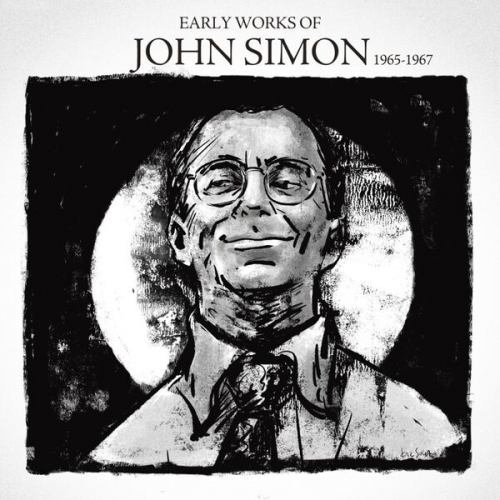Claire Chevallier - Liszt: Fever (2011) Hi-Res

Artist: Claire Chevallier
Title: Liszt: Fever
Year Of Release: 2011
Label: La Dolce Volta
Genre: Classical
Quality: FLAC (tracks) / FLAC (tracks 24bit/96kHz) d.booklet
Total Time: 1:12:06
Total Size: 232 Mb / 1.18 Gb
WebSite: Album Preview
Tracklist: Title: Liszt: Fever
Year Of Release: 2011
Label: La Dolce Volta
Genre: Classical
Quality: FLAC (tracks) / FLAC (tracks 24bit/96kHz) d.booklet
Total Time: 1:12:06
Total Size: 232 Mb / 1.18 Gb
WebSite: Album Preview
01. Andante lagrimoso (8:53)
02. Mephisto-Walzer no1 (12:27)
03. La lugubre gondola no2 (10:20)
04. Saint-François d'Assise, La Prédication aux oiseaux (11:28)
05. Saint-François de Paule marchant sur les flots (10:20)
06. Funérailles (14:06)
07. Wiegenlied (4:32)
Liszt meets the historical-movement in this recording by French pianist Claire Chevallier, owner of an 1876 Erard piano that, if not exactly like the one Liszt himself owned, would certainly have been similar to others that were part of his world. Despite preposterous graphics featuring light yellow type of various sizes on a white background, with Chevallier trying to convince you that playing Liszt caused her to run a 100-degree fever, and that this was desirable, the instrument itself is worth hearing. Its chief differences from a modern instrument are threefold. First, in quieter passages with the pedals in use, there's a lot more mud in the sound, and this is not in the least a bad thing. Chevallier saves the best for last: the Wiegenlied (Lullaby, track 7) has an extraordinary texture in which the individual struck notes seem to blend seamlessly into a partly unpitched background. Second, the instrument has a good deal less power than a modern grand, and Chevallier is not a powerful pianist. Third, however, its upper register is unusually clear and ringing. In a work like the Mephisto Waltz No. 1 (track 2) the individual lines of the music emerge clearly from all the technical fireworks, adding to the cumulative effect. Chevallier's program is artfully selected to put the piano through all its possible paces, and the huge contrasts involved somehow seem as though they would have appealed to Liszt himself. This does not rewrite the book on Liszt, but it's an intriguing listen, especially in the several slower works.






![Lionel Hampton - Jam Session in Paris (Remastered) (2022) [Hi-Res] Lionel Hampton - Jam Session in Paris (Remastered) (2022) [Hi-Res]](https://www.dibpic.com/uploads/posts/2025-12/1766737729_lhjp500.jpg)

